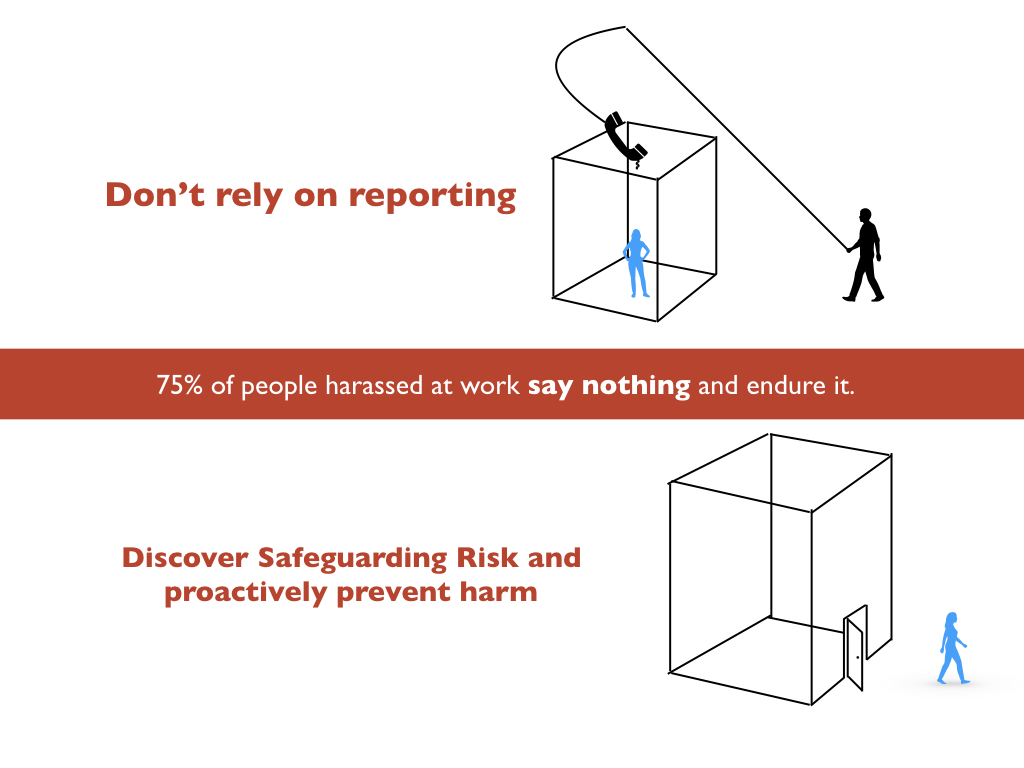


Enhances communities’ adaptation to the waste-related impacts of climate change.Boosts the community’s resiliency, resulting in a quicker and less costly recovery to its pre-incident state.Encourages interested parties (e.g., state, local, tribal and territorial governments owners of private storage, treatment and disposal facilities residents) to work together before an incident occurs.Allows more efficient and effective waste management decision-making during an incident.

Saves valuable time and resources during an incident.While this pre-incident planning should be documented in a Waste Management Plan (WMP), the community’s preparation provides the most benefits, such as: In addition to helping the whole community prepare for these potential wastes, pre-incident planning encompasses source reduction and hazard mitigation activities aimed at reducing the total amount of waste generated by an incident, especially for a large-scale natural disaster. Additionally, homeland security incidents may generate waste streams, such as chemical, biological and radiological-contaminated wastes, which typically are not handled by communities or waste management facilities. While the amount of waste varies between incidents, the generated waste is often greater than the amount of waste many communities handle each year. Nearly all incidents generate waste, debris and materials. EPA's Pre-incident Planning for Waste Management poster and brochure.


 0 kommentar(er)
0 kommentar(er)
